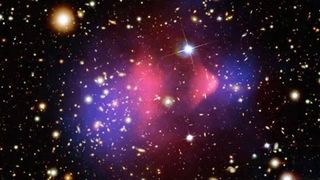3.167 - AMICOR (26) em construção
#com Dr. Valderês A. Robinson Achutti (*13/06/1931+15/06/2021)
e nosso filho Luiz Eduardo, presente também na foto que encerra o AMICOR de hoje (bem abaixo)#Re-Publicando artigos antigos meus
#PNAS
There’s another biome tucked inside your microbiome—here’s why it’s so important
Your microbiome has its own fungal communities that live in the gut, skin, and
respiratory tract. Known as the mycobiome, its role in your overall health is an
emerging area of interest.
albicans (illustrated here) in their gut. In recent years, scientists have started to take a closer look at how the fungi in your gut microbiome affect your health.
PUBLISHED DECEMBER 4, 2023
Of the many types of microscopic organisms that make up the gut microbiome, bacteria receive the most attention. But other tiny organisms in the gut might be just as important to overall health—and they’re often overlooked.
Your microbiome also has its own mycobiome, or fungal communities that live in the gut, skin, and respiratory tract. Recent studies show that the mycobiome might help keep dangerous microbes at bay and regulate the immune system—or cause chronic disease.
(Your gut health can affect your whole body. The gut microbiome, explained.)
Scientists have linked the fungal communities in the gut to myriad diseases, including long COVID, and dozens of other intestinal, neurological, and respiratory diseases. And although researchers are only just starting to piece together how fungi impact our health, here’s what we do know.
What makes up the gut microbiome?
Researchers have studied the bacterial microbiome for centuries, but they’ve largely ignored the mycobiome, says Mahmoud Ghannoum, a microbiologist and professor at Case Western Reserve University School of Medicine and University Hospitals Cleveland Medical Center who coined the term “mycobiome.” (Ghannoum also cofounded BIOHM Health, a biotechnology company that’s testing probiotic nutritional supplements and biotherapeutics.)/.../
#Gates Notes
What the biggest country in South America can teach the world about healthcare.

#LiveScience


















No comments:
Post a Comment